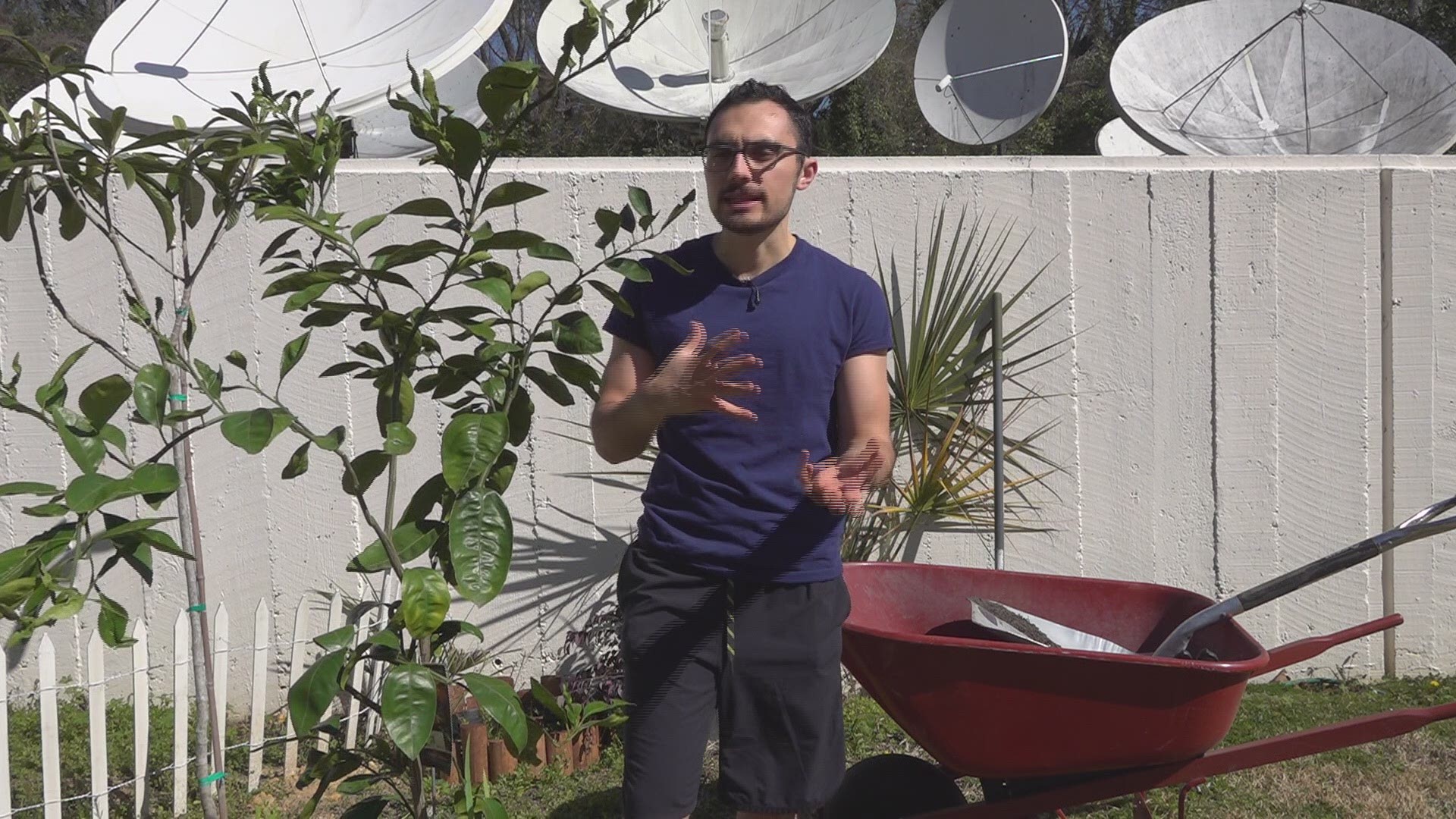COLUMBIA, S.C. — Citrus trees are beautiful in their own right with big, glossy, evergreen leaves and fragrant spring blooms that are too sweet for the bees to ignore. Of course, the biggest appeal to citrus are their fruit. There are hundreds of different types of citrus that go well beyond the oranges, lemons, and limes at the local grocery store.
Growing a citrus tree at home is a rewarding way to possibly end up with the most interesting bowl of fruit in the neighborhood!
Citrus are drought tolerant, deer tolerant, and thrive in hot summer climates, but they will not survive in the South Carolina Midlands without some extra attention. If you love these trees, it's worth the effort to try to grow them!
Cold Tolerance
Most citrus trees can survive temperatures that briefly drop below freezing. That's hardy enough for the mildest parts of our country, but in the South Carolina Midlands, winter mornings can drop in the teens. It's important to choose a cold tolerant citrus variety. We're planting an Owari Satsuma Mandarin which has reportedly survived temperatures in the mid teens without protection. Some citrus trees can survive temperatures below 10 degrees, but those varieties typically have bitter fruit. This brings up another important consideration - choose early fruiting varieties in cold climates!
Citrus fruit are more cold sensitive than the trees themselves, which is a huge issue in cold climates because these trees produce their fruit during the coldest months of the year. Select a variety that fruits in the fall before the worst of the winter cold.
How to plant
Citrus aren't too finicky about their soil (as long as the soil drains fast). In Gandy's Garden, I decided to plant our Mandarin orange in standard organic garden bed compost. I used some wood panels to raise the top of the soil a few inches above the ground to improve drainage. Dig a hole that's at least twice the size of the original root ball. This will encourage the tree's roots to sprawl outward away from the root ball.
What to expect
Citrus trees bloom in the spring and spend the summer developing fruit. Not every fruit will ripen, but those that make it into the fall will start to color up a few weeks before they're ready to be picked. If temperatures drop below freezing while fruit is still on the tree, covering the tree with frost cloths or bed sheets could protect tender fruit from the worst of an early season freeze.
You should only source citrus trees from local growers in your state if you live in a warm climate. Many states have banned the transport of citrus beyond state lines because the citrus industry is tracking "citrus canker," a disease that is crippling the citrus industry and currently has no cure.

